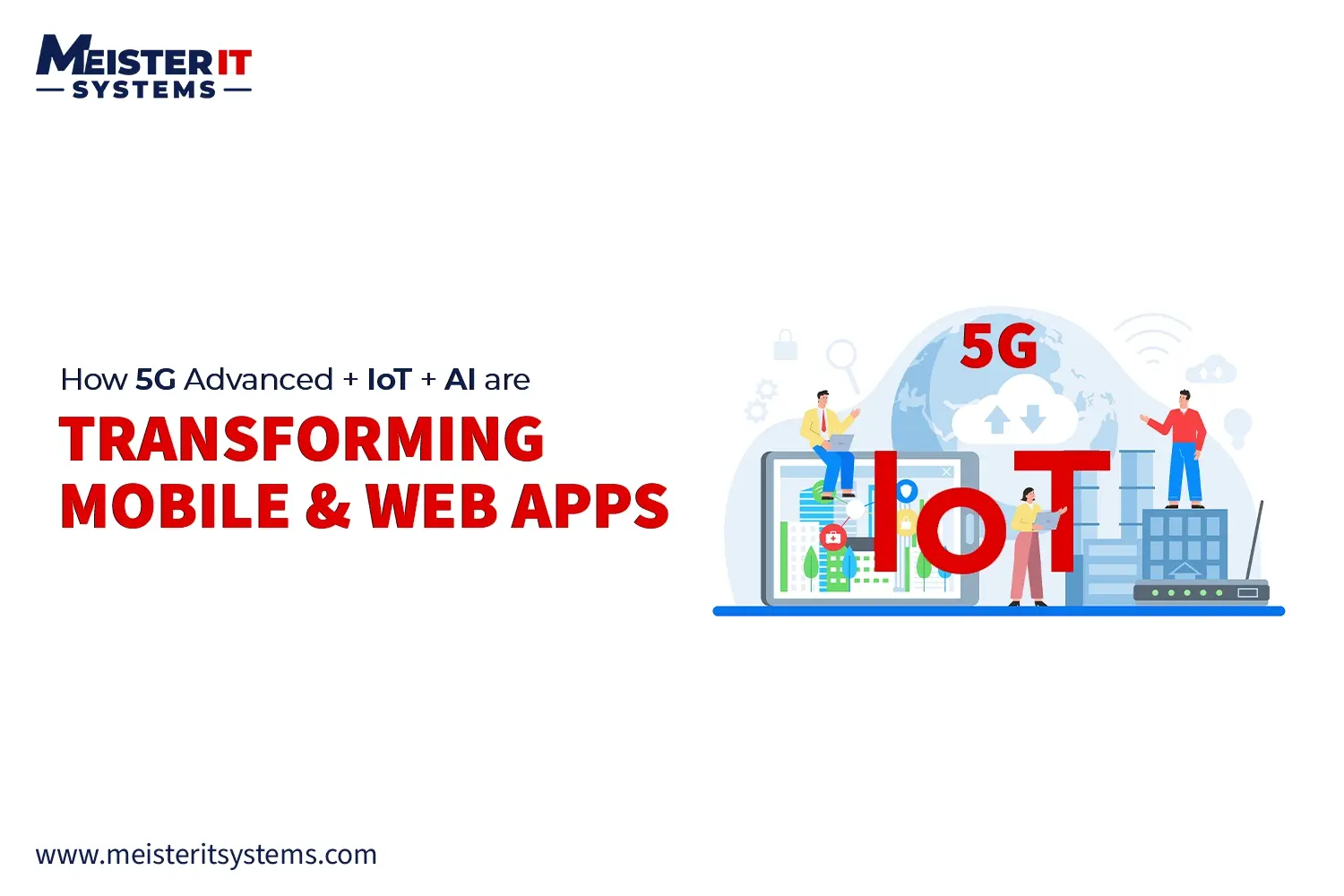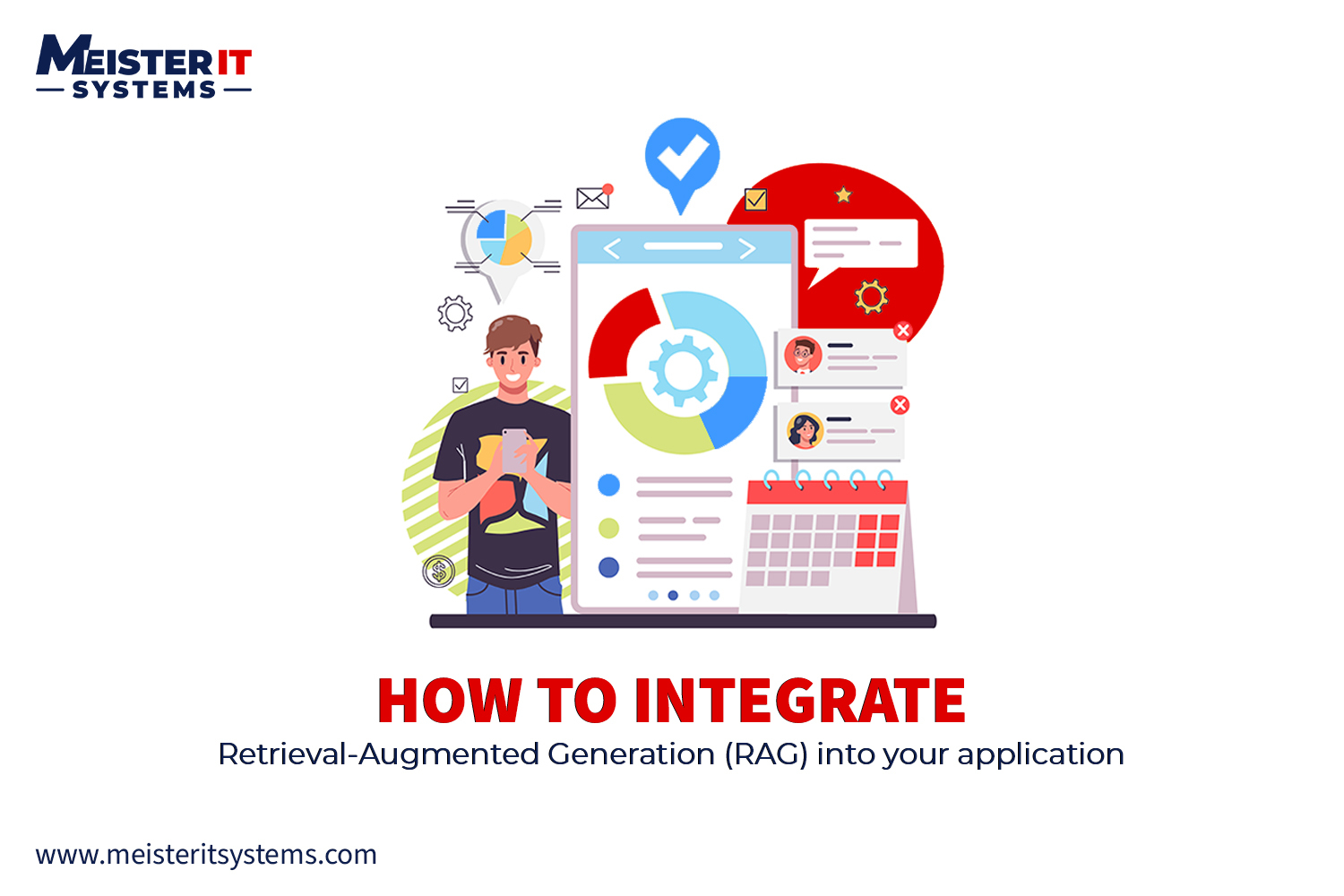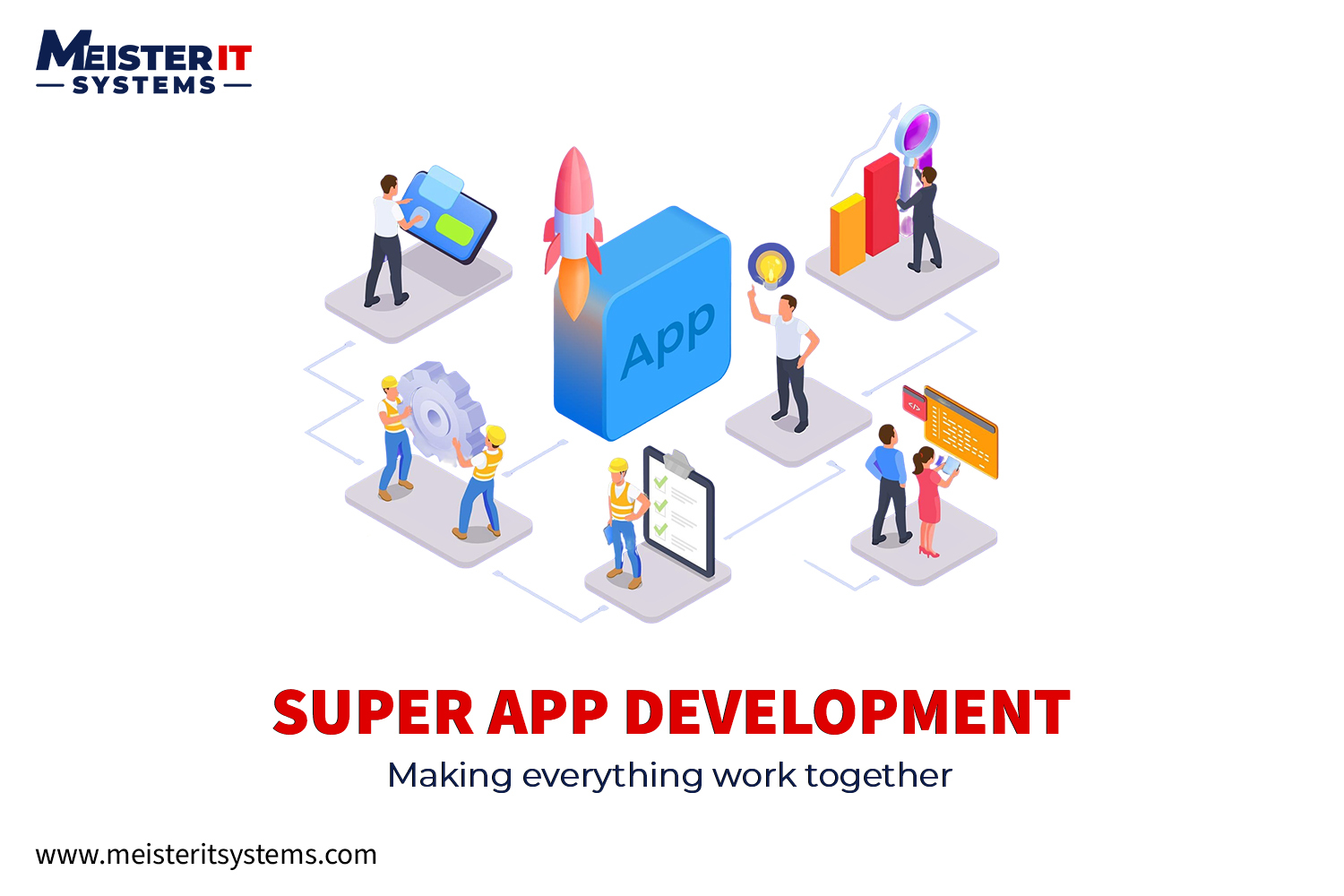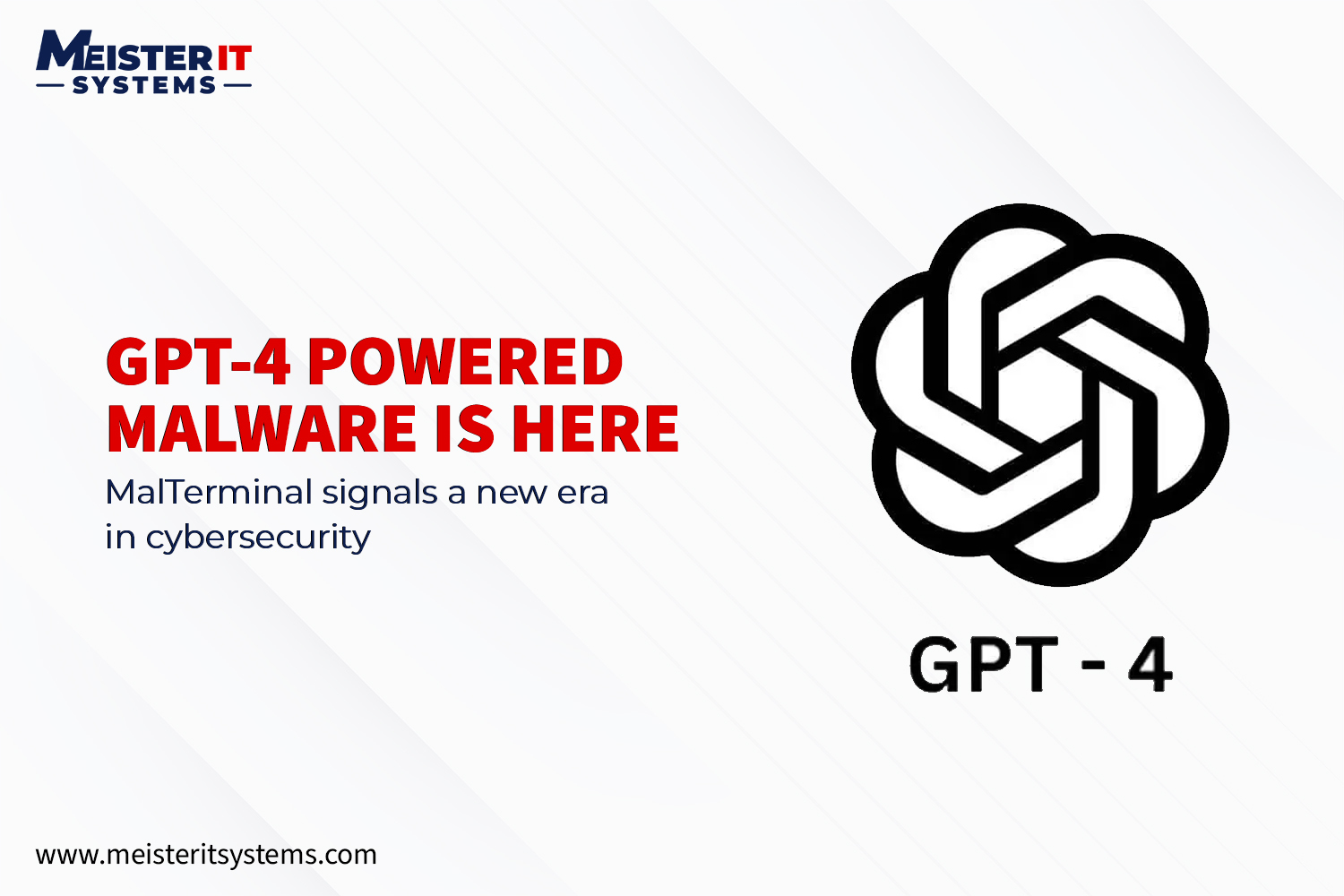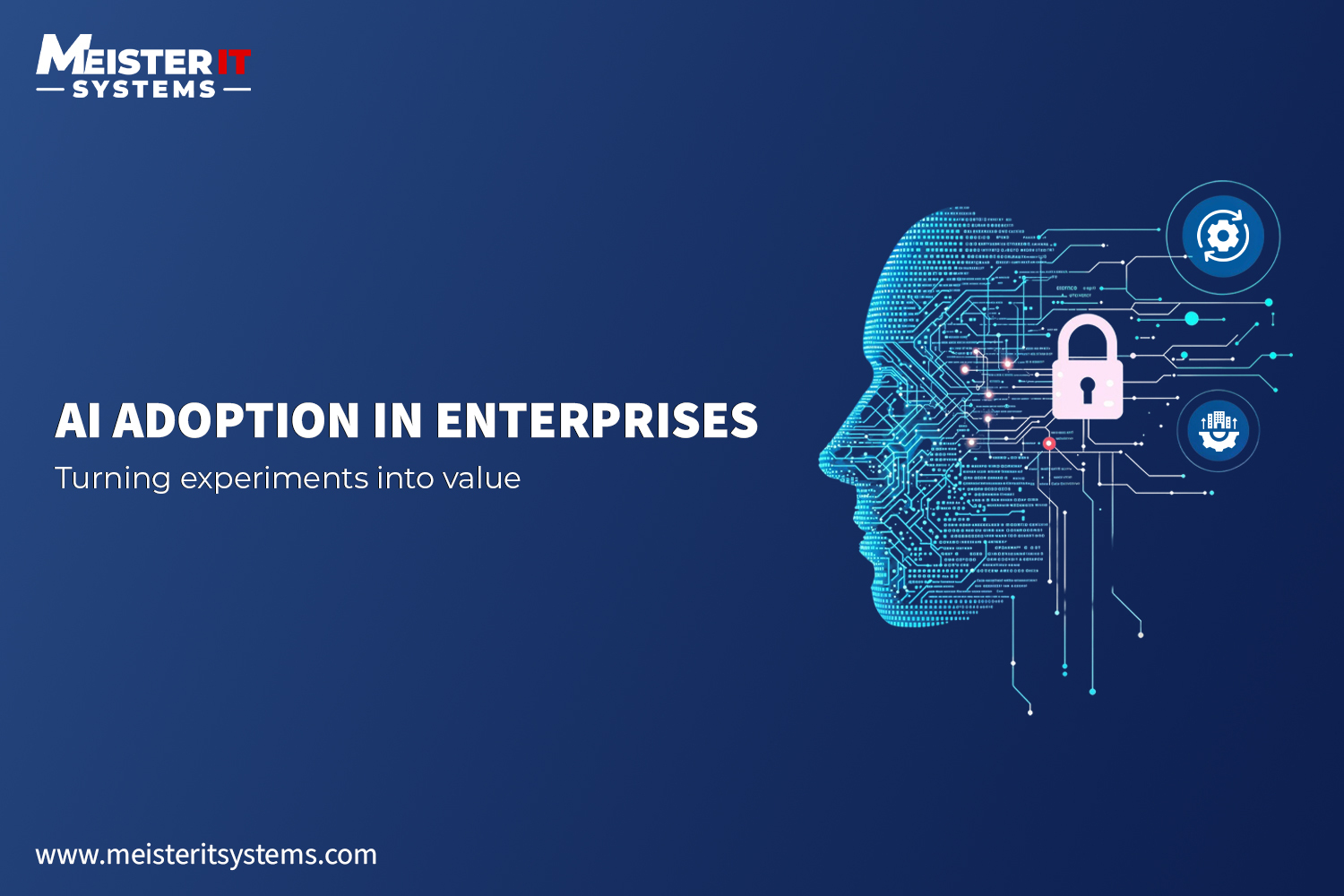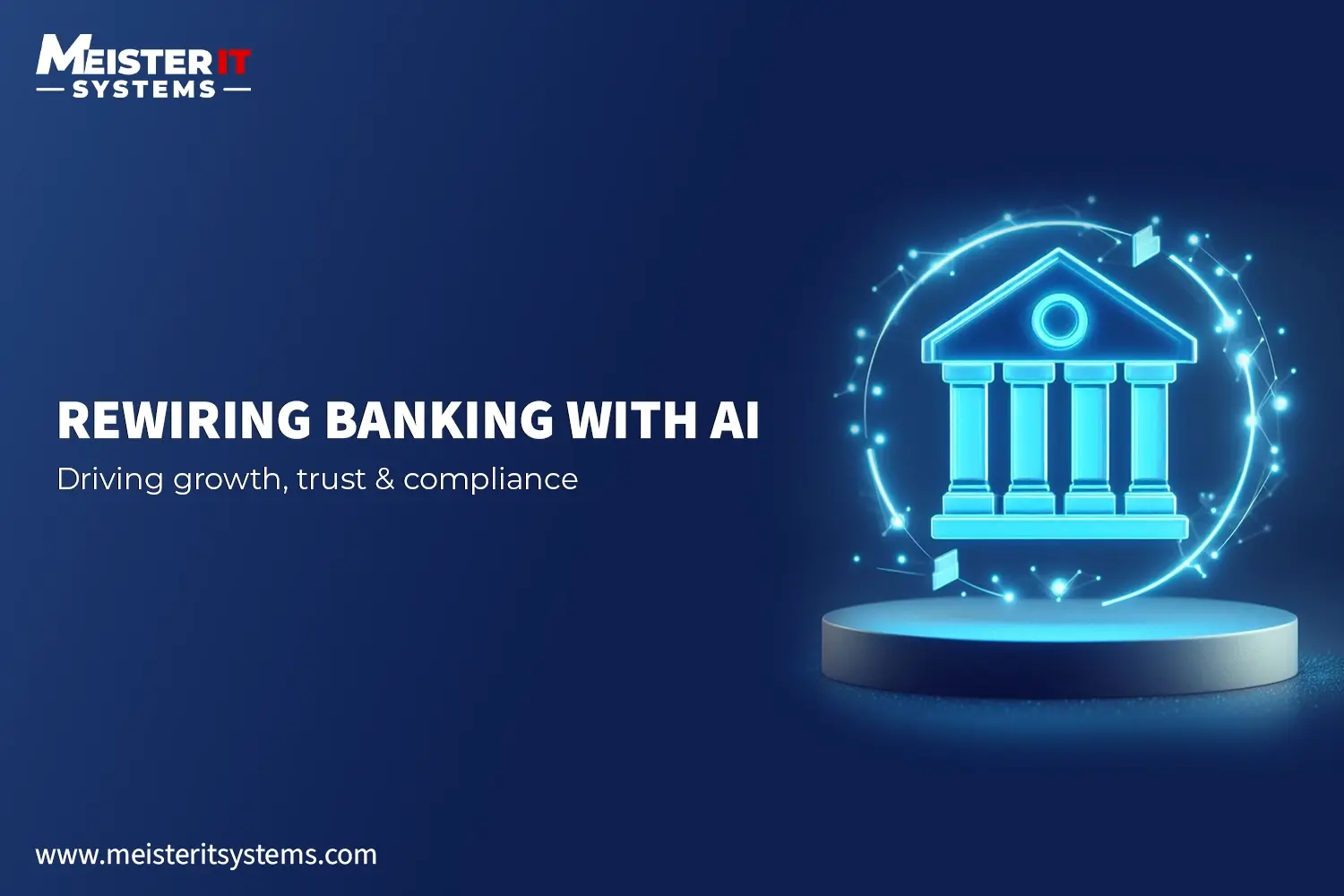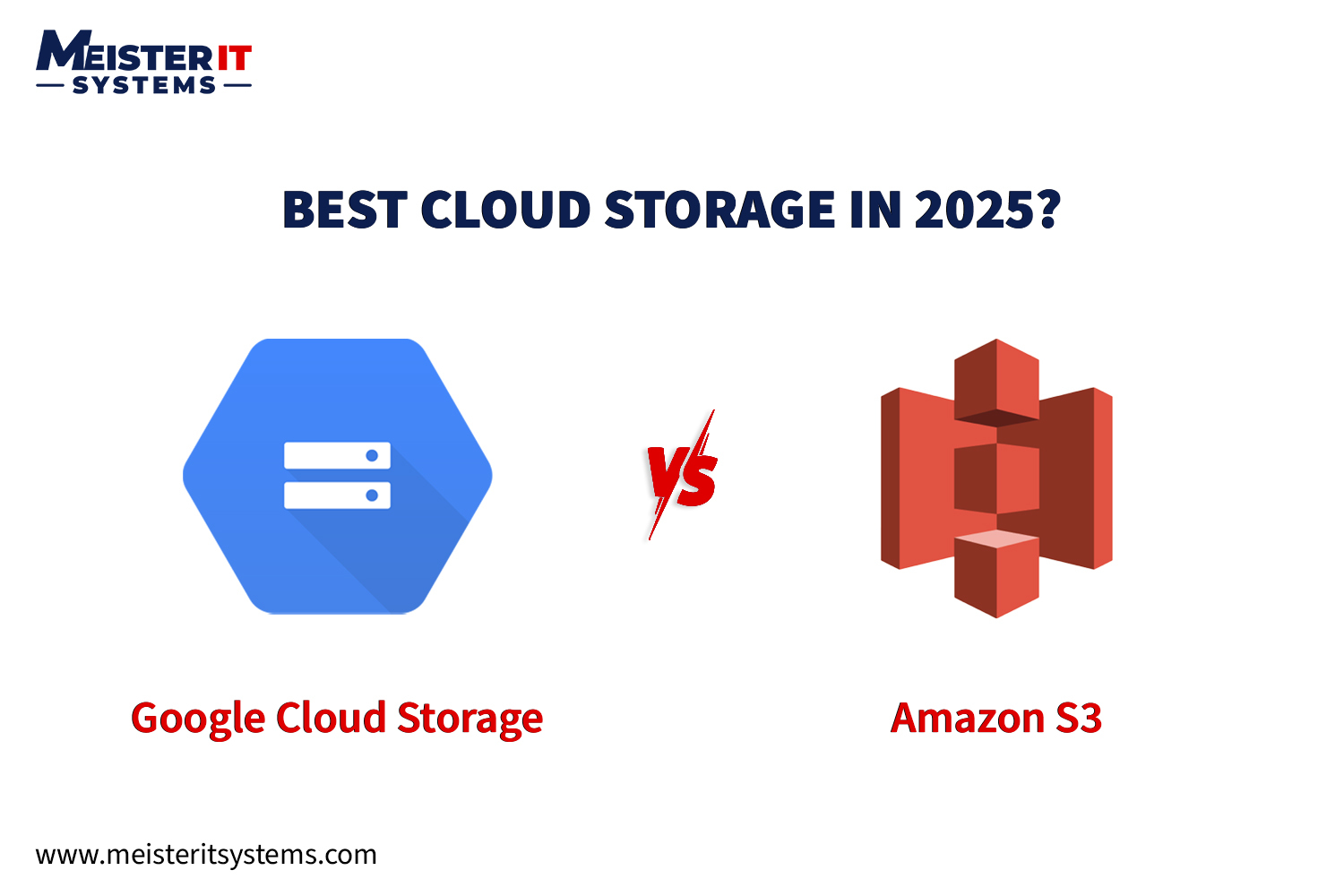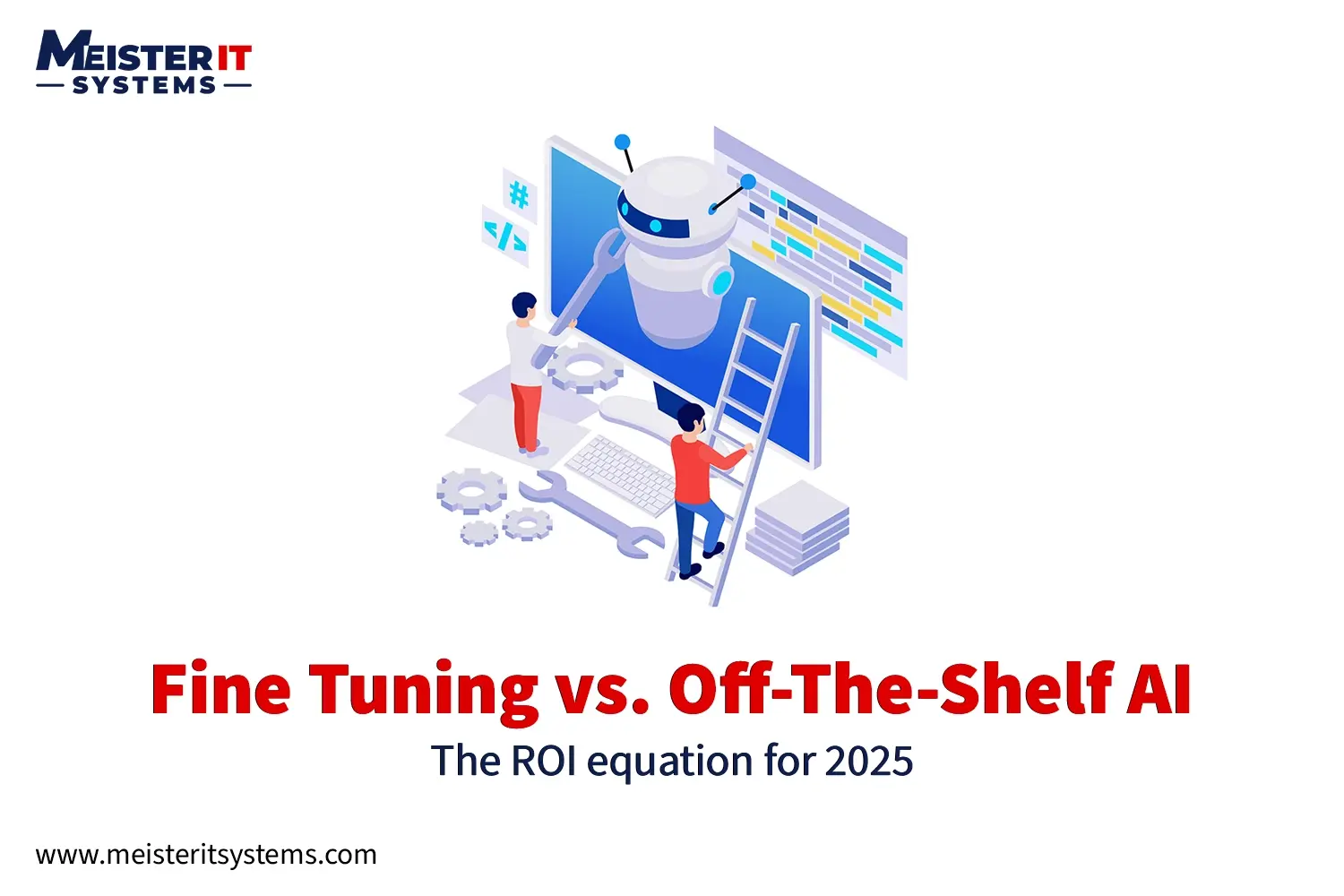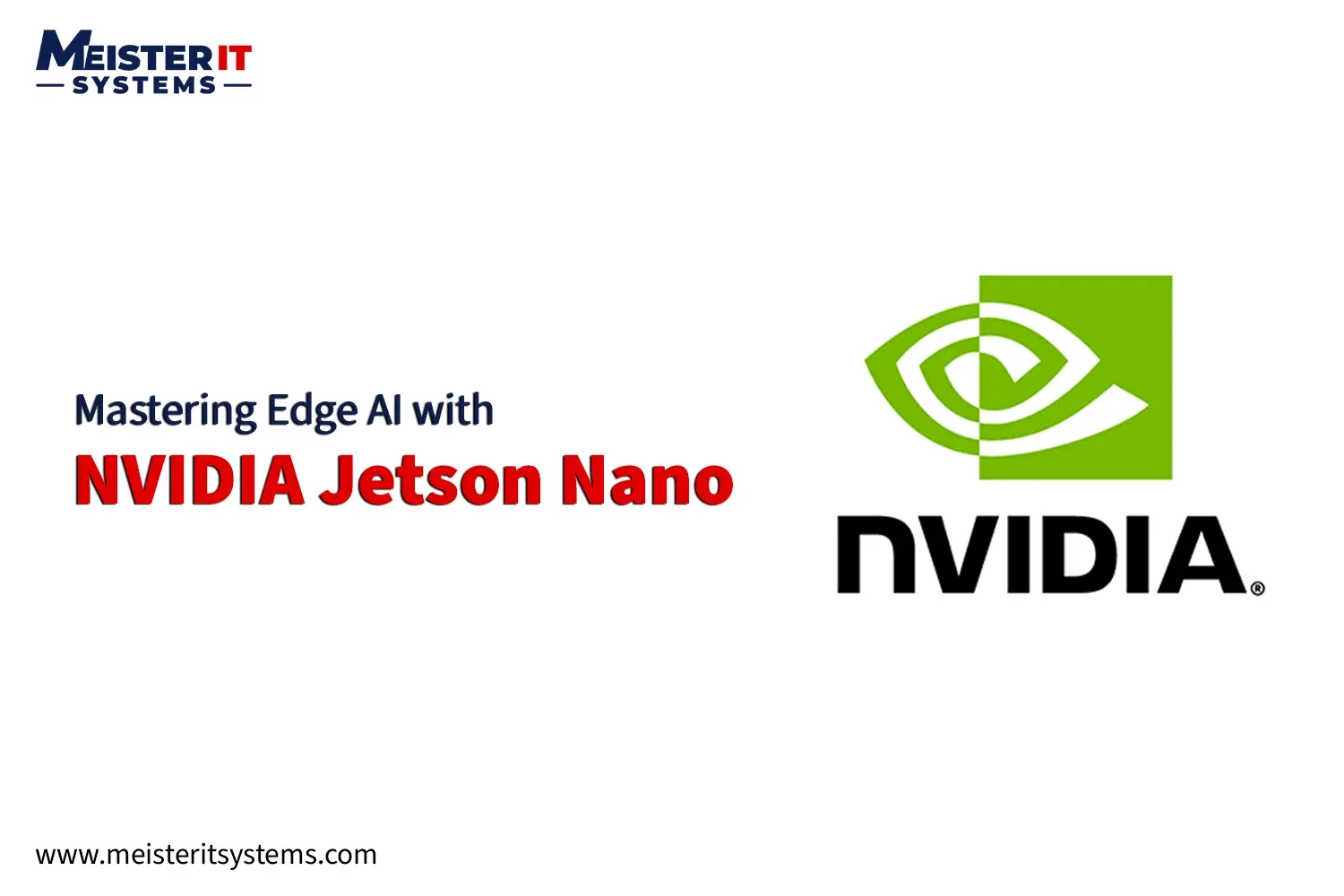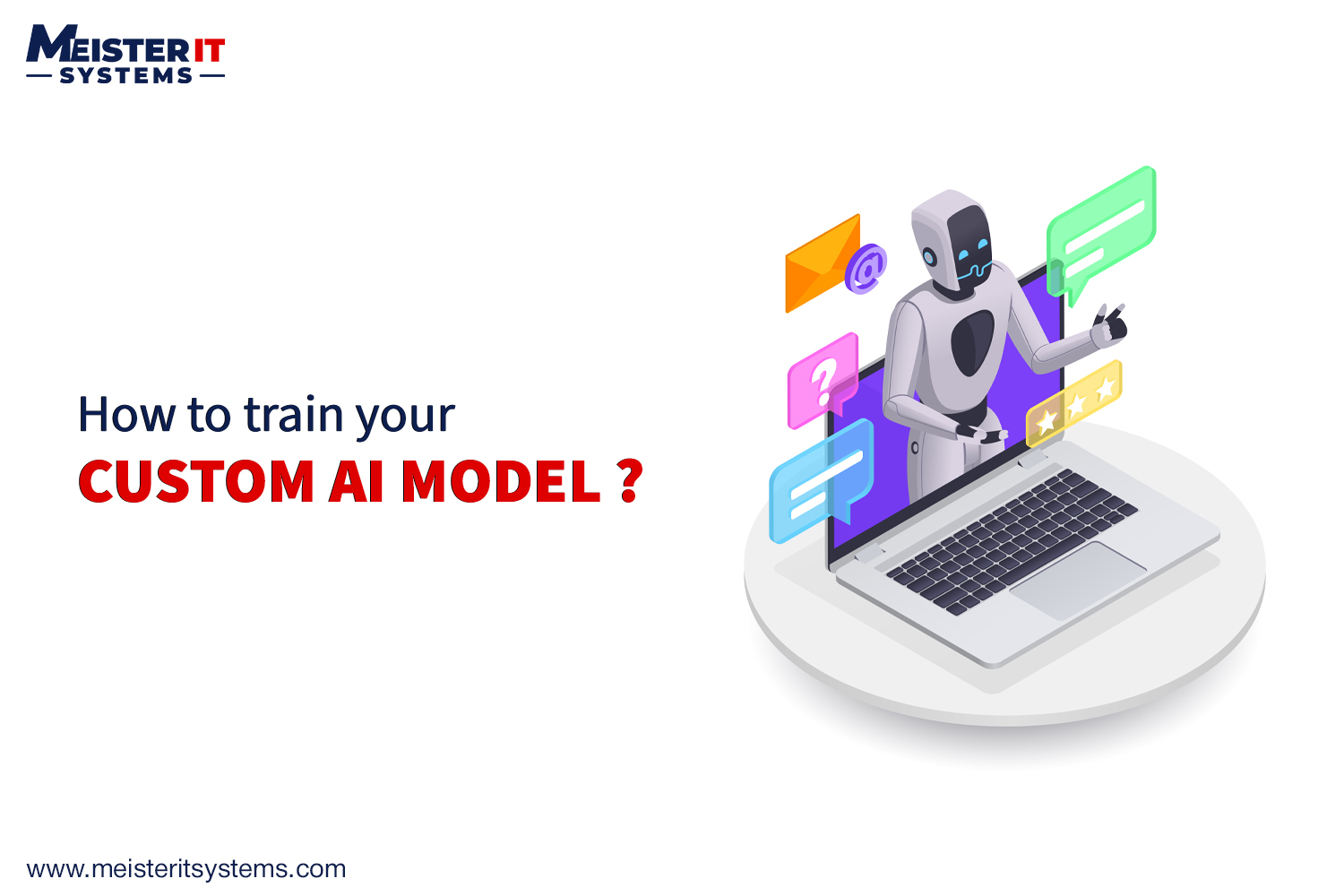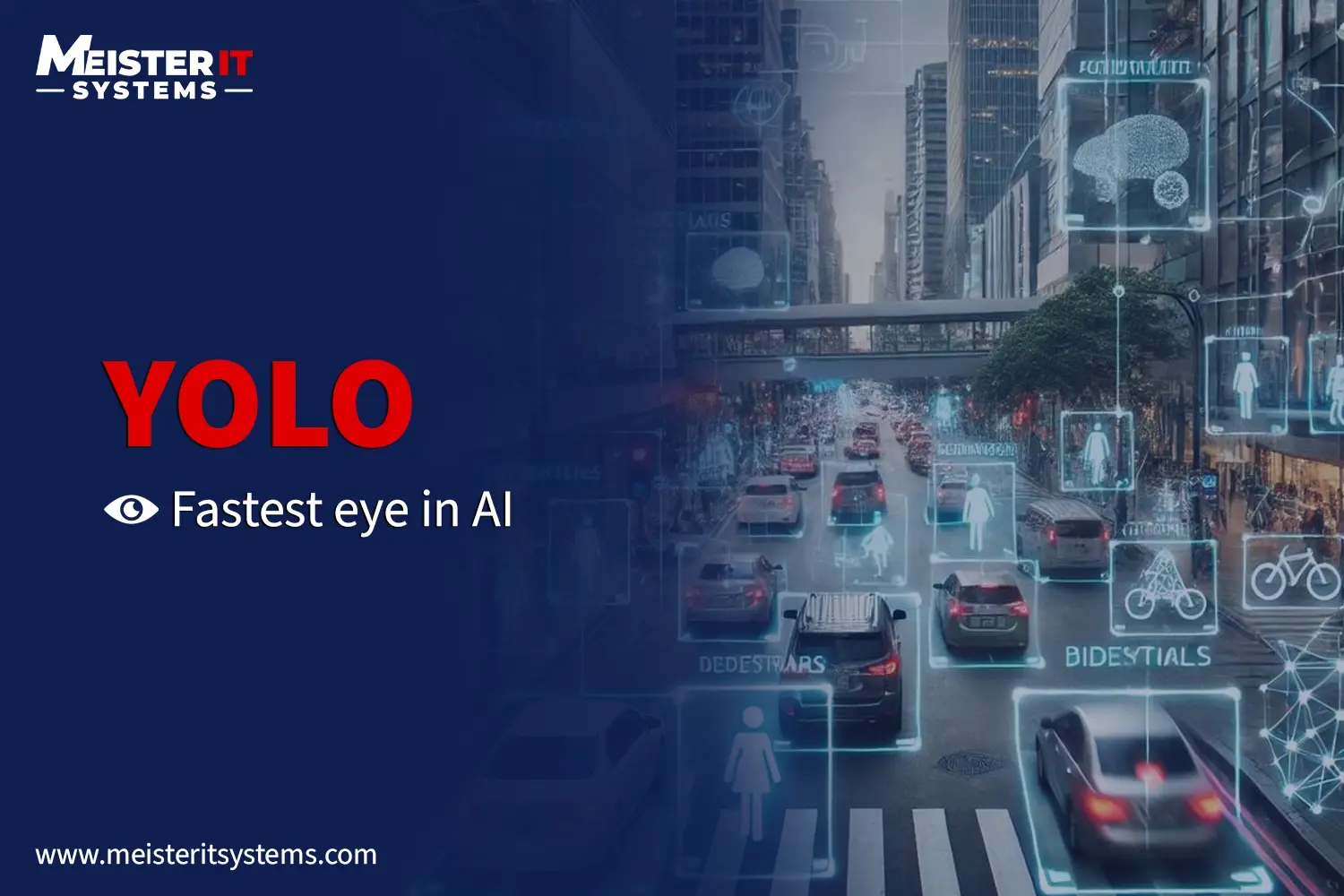
Key Takeaway
- YOLO (You Only Look Once) is the go-to model for real-time object detection.
- YOLOv8n delivers exceptional speed at over 120 FPS with enhanced accuracy
- Now anchor-free, reducing false detections and boosting performance.
- MeisterIT Systems leverages YOLO to build scalable AI solutions.
Introduction
YOLO made waves in 2015 when it hit 45 FPS out of the gate. The lighter ‘Fast YOLO’ pushed that to 155 FPS.
That kind of speed outperformed other real-time detectors, and it wasn’t just about raw power. It was about design.
That level of performance was the result of deliberate design. YOLO simplifies object detection by running the entire process in a single pass through the network. This is why it’s used in real-time AI systems across industries, from autonomous vehicles to surveillance and robotics.
In this article, we explore how YOLO works, what makes it faster than other models, and where it’s being used effectively in 2025.
What is YOLO and how does it work?
YOLO is a deep learning architecture for object detection. Unlike region-based convolutional neural networks, such as R-CNN or Faster R-CNN, which process images in multiple stages, YOLO processes the entire image in a single pass. It predicts bounding boxes and class probabilities directly from the input image using a single convolutional neural network.
This design allows YOLO to run faster and more efficiently, which is why it is preferred for real-time applications such as video surveillance, drone navigation, industrial automation, and autonomous vehicles.
Why does speed matter in computer vision?
In computer vision, speed directly affects how systems respond to their environment. A delay of even a few milliseconds can reduce performance or lead to failure in time-sensitive tasks.
Examples include:
- Autonomous vehicles need to detect pedestrians, traffic signs, and other objects instantly to make safe driving decisions.
- Security and surveillance systems must identify threats in real time to issue immediate alerts.
- Manufacturing systems rely on high-speed defect detection to prevent delays and reduce waste.
That’s why real-time models like YOLO are essential where speed and accuracy matter.
What makes YOLO so fast?
YOLO is known for its real-time object detection speed. This performance comes from a set of design choices focused on efficiency and low-latency processing. Here’s what makes it fast.
1. Single-Pass Architecture
YOLO’s architecture allows it to detect objects by passing the image through the model once. This single-shot approach replaces the slower, multi-stage pipelines used in models like Faster R-CNN. The image is divided into a grid, and each grid cell predicts multiple bounding boxes and class probabilities in parallel.
2. Lightweight Variants for Edge Deployment
YOLO comes in several optimized versions. These include:
- YOLOv4-Tiny
- YOLOv5-Nano
- YOLOv8n
These variants are designed for speed and can run on low-power devices such as Raspberry Pi, NVIDIA Jetson, or Coral TPU. YOLOv8n, for example, runs at over 120 frames per second on modern GPUs while maintaining solid accuracy.
3. Anchor-Free Detection in YOLOv8
YOLOv8 introduced anchor-free detection, which simplifies the model and speeds up both training and inference. It also helps in detecting smaller and overlapping objects more reliably.
4. Hardware Acceleration and Cross-Platform Support
YOLO is compatible with leading AI hardware accelerators and inference frameworks, including:
- TensorRT
- ONNX Runtime
- OpenVINO
- CoreML
This makes deployment seamless across cloud, edge, mobile, and desktop environments.
YOLO vs Other Object Detection Models
Here is how YOLO compares to other popular models in terms of speed and accuracy:
| Model | Speed (FPS) | Accuracy ([email protected]) | Use Case |
|---|---|---|---|
| YOLOv8n | 120+ | ~37 percent | Mobile apps, edge AI, real-time feeds |
| YOLOv8s | 90+ | ~45 percent | Drones, surveillance, smart cities |
| SSD MobileNet | 50–60 | ~30 percent | Entry-level real-time applications |
| Faster R-CNN | 10 or less | ~50 percent | High-accuracy offline processing |
| DETR | 5–7 | ~55 percent | Research and complex visual tasks |
YOLO offers a strong balance of performance, which is why it remains the most practical choice for real-world AI deployments.
Common Use Cases for YOLO in 2025
At MeisterIT Systems, we’ve used YOLO in retail stores to detect stockouts, optimize layouts, and build custom dashboards that deliver live alerts to managers
Below are some ways YOLO-based models are being used effectively.
Security and Surveillance
- Real-time monitoring of CCTV footage to identify unusual activity
- Intrusion detection in restricted zones with automatic alert systems
- Detection of weapons, fire, or other prohibited objects
- Crowd analysis and threat detection in public spaces
Retail and Smart Stores
- Analyzing customer foot traffic to improve store layout and product placement
- Managing checkout lines through automated queue tracking
- Tracking how long shoppers stay in specific areas (dwell time)
- Detecting stock-outs or misplaced items without manual checks
Robotics and Autonomous Systems
- Assisting drones and mobile robots with real-time object tracking and avoidance
- Supporting warehouse robots with pallet recognition and dynamic navigation
- Improving path planning by detecting static and moving obstacles
- Enhancing robotic arms with vision-based item detection for sorting or assembly
Industrial and Manufacturing
- High-speed defect detection on assembly lines to reduce waste and recalls
- Monitoring equipment status visually to predict maintenance needs
- Ensuring workers stay in safe zones and comply with operational rules
- Tracking inventory and material movement using live camera feeds
In all these scenarios, YOLO enables fast and reliable decision-making at the edge and in the cloud. It enables teams to act on visual data promptly, while maintaining a simple and cost-effective infrastructure.
Need to bring YOLO into your app or dashboard?
Our full-stack team builds custom interfaces to visualize detections, alerts, and live analytics across web and mobile.
YOLO’s Evolution in 2025
YOLO has come a long way since its first release. YOLOv8, developed by Ultralytics, includes several improvements:
- Modular architecture for easier integration
- Support for segmentation and pose estimation
- Smaller, faster models suitable for real-time use
- Enhanced training workflows
- Export to ONNX, TensorRT, and CoreML
These updates make YOLO more flexible and easier to deploy across industries and use cases.
Why do developers continue to choose YOLO?
YOLO has earned a strong reputation in the Artificial Intelligence (AI) and developer community for the following reasons:
- Open-source and actively maintained
- High inference speed with competitive accuracy
- Simple training process on custom datasets
- Cross-platform compatibility
- Extensive community support and documentation
Whether you are building a prototype or deploying at scale, YOLO allows teams to move fast without sacrificing performance.
Explore our 90-Day AI Adoption Roadmap to see how we help businesses turn AI ideas into working systems without the guesswork.
Conclusion
YOLO remains the fastest eye in Artificial Intelligence. Its architecture is designed for real-time performance, and its variants allow it to run efficiently on everything from high-end GPUs to edge devices. With consistent updates, strong community backing, and wide deployment across industries, YOLO continues to lead in practical object detection.
At MeisterIT Systems, we help teams across the UK, US, and beyond implement YOLO into scalable, production-ready AI systems. Whether you need help with model training, deployment, or full integration into your application stack, we are ready to support your project from start to finish.
Contact us today to build and deploy computer vision systems powered by YOLO.
FAQ: Your questions answered
Q1: What does YOLO stand for and what is its main purpose?
A1: YOLO stands for “You Only Look Once.” Its main purpose is real-time object detection, identifying objects and their locations in images or video streams in a single pass.
Q2: How does YOLO achieve its high speed compared to other models?
A2: YOLO’s speed comes from its “single-pass architecture,” where it processes the entire image once to predict bounding boxes and class probabilities simultaneously, unlike multi-stage models.
Q3: Can YOLO be used on small or low-power devices?
A3: Yes, YOLO has lightweight variants like YOLOv4-Tiny, YOLOv5-Nano, and YOLOv8n specifically designed for efficient deployment on edge devices such as Raspberry Pi and NVIDIA Jetson.
Q4: What are some common real-world applications of YOLO in 2025?
A4: YOLO is widely used in security and surveillance, retail and smart stores, robotics and autonomous systems, and industrial and manufacturing for tasks requiring real-time object detection.
Q5: What is “anchor-free detection” in YOLOv8 and why is it important?
A5: Anchor-free detection in YOLOv8 simplifies the model, speeding up both training and inference. It also improves the detection of smaller and overlapping objects.
Q6: Why do developers prefer YOLO for their AI projects?
A6: Developers favor YOLO due to its open-source nature, high inference speed with competitive accuracy, simple training process, cross-platform compatibility, and extensive community support.



